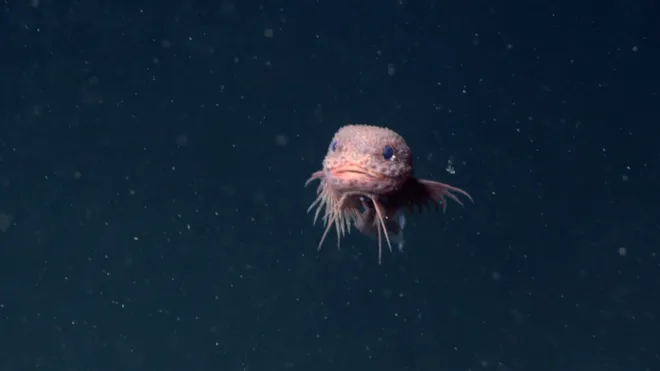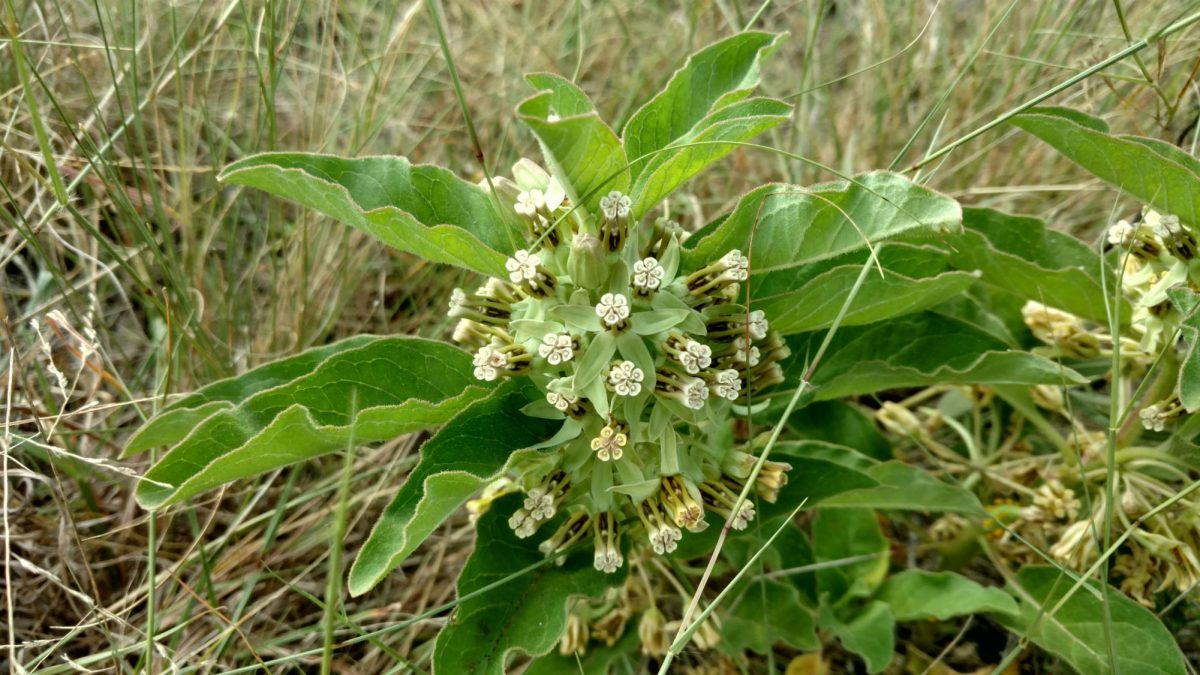Two Zizotesplants have been found on the PC North campus.They aren’t a rare species of milkweed in the world, but there have only been 19 of the plants found here in Oklahoma. The scientific name for Zizotes is Asclepius Oenotheroides. They mostly distribute because of their seeds. When their seeds blow, that enables the plant to grow in other places.
Kenda Kirby, an environmental science teacher, alerted OKC Zoo about the milkweed plant growing at PC North. OKC Zoo and Botanical Gardens has a program to protect rare species. Dr. Geest, a Conservation Scientist at OKC Zoo and Botanical Garden, came out to take a look at the plant. Dr Geest mentioned that, “There are around 25 species of milkweed in Oklahoma.”
There is a difference between Ziziotes milkweed and normal milkweed. ”Zizotes is different from other milkweeds because it’s short, it doesn’t get big, it grows on a slant, and it always sprawls. It doesn’t sit up like a normal plant. It likes to grow around its side,” She said.
It is rare to find the plant in Oklahoma, but more of this awesome plant might be coming soon. “I would imagine that there are a couple of plants around the school, even if they haven’t been recorded. In those parent plants, their seeds came out and got established down here. This is all wind blown especially if we have good storms or just a nice windy day those seeds can travel miles and miles. So I would imagine there is probably another patch near here,” She said.
The plant might have survived on campus because it is sturdy. Usually when something is run over or trampled it would be destroyed or unable to grow back, but Zizotes have the ability to handle those tough conditions. ”Bison used to trample on it and eat it, so it could handle being walked on and mowed. When milkweeds are stepped on or mowed, they may grow back differently,” Geest said.
This unique species can also allow you to distribute the seeds however you want.
“You can take a little mesh bag, like those little organza bags and put the bag over the whole plant as the seed pod develops. If any of those seeds get caught in the bag, you can go and distribute them the way you want them to be,” she said.
According to NPS.gov, “Monarch butterflies need milkweed plants to lay their eggs.” Monarchs might rely on milkweed for laying eggs, but they prefer certain things in milkweed.” ”Monarchs will always pick the plant that has the highest toxicity. So, all of the plants have a level of toxicity. Not enough to affect us if we ate it but it makes them
unpalatable. Then, other animals that eat those caterpillars throw them up and they don’t want to do it. So it protects them,” Geest said.
Based on Dr. Geest observations, the milkweed plant growing at our school could possibly be done blooming for the year. But it still has to go through some additional development. “Zizotes are probably done blooming for the year. But, it still has to go through developing seeds and those seeds getting released and blowing around. I’d say by the end of October they’ll probably have died back for the year,” Geest said.
Hopefully, we will see it bloom again on campus. “It is a perennial plant, so it would die back for the year and come back next year, and then there should be more if their seeds get dispersed and are able to grow,” she said
By Quincy Murray





























